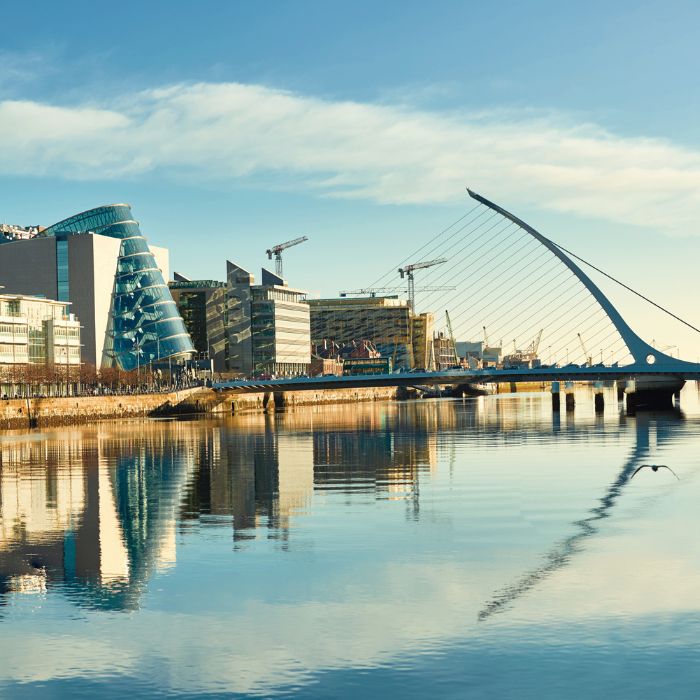Bubbling to the Surface: Vietnam’s Cautious (but Optimistic) Approach to Reopening
June 11, 2020
By: Kenneth Lau, Laurent Quistrebert, Resident Vietnam
Despite its proximity to China, Southeast Asia has largely avoided being significantly affected by the COVID-19 pandemic and Vietnam, in particular, has emerged as one of the countries in the region that has been successful with respect to minimizing the spread of the disease. Indeed, it has now been more than one and a half months since the country ended its Social Distancing Order on April 23—a mere three weeks after the order was implemented in the country on April 1 to contain the spread of the virus. This order came at a time when many of Vietnam’s neighbours were deep into their own lockdowns or were contemplating extending them.
While the Social Distancing Order has been lifted, there has not yet been a corresponding push to reopen the borders, even though domestic travel has recently increased. Entry bans that were put in place at the outset of the crisis remain in place and look to be for the foreseeable future. However, despite these obstacles, there have been discussions about creating “travel bubbles” with other countries in the region which have also seen success in fighting the pandemic, including Australia and New Zealand. A travel bubble represents an agreement between a set of countries, usually on a bilateral basis, which allows travel between the two countries where the virus has been seemingly contained. Those travellers who are eligible to avail of the travel bubble may be exempted from the onerous quarantine requirements.) Given the importance of China and South Korea to Vietnam in terms of foreign investment, there are also discussions taking place regarding a travel bubble to be opened with those countries as well.
It is important to note that from a practical perspective, Vietnam is acutely aware of the capacity of its hospitals and available medical equipment, and will likely take no risks in allowing an upsurge of new cases to occur in an effort to protect its population. On the other hand, other countries may have a higher risk tolerance than Vietnam, and it will be interesting to see how this unfolds in their negotiations regarding travel bubbles with other countries.
Many important questions will remain that will have to be answered by counterpart countries, including:
- Would the travel bubble eliminate the strict quarantine requirements that are currently in place for those who enter the country? With quarantine requirements in some form likely to remain in place in Vietnam, it is unlikely that tourists and, especially, business travellers, would be interested in coming to the country, thus making it difficult for airlines to restart regular commercial flights.
- Even without a quarantine requirement, will there be additional and intrusive medical examination requirements both before boarding the plane to come to Vietnam, and then again upon entry?
- Will the reciprocity principle apply for each country that is a party to the travel bubble?
As Vietnam has been seen to be leading the way in Southeast Asia—and as the only country within the region with an economy predicted to grow, albeit moderately, in 2020—how these issues play out in Vietnam is likely to inform and guide the rest of the region. What we have seen so far is that even with travel bans currently in place, Vietnam has already begun implementing a scheme to allow some foreign investors, business managers, experts and skilled workers to enter the country. This process currently requires the local entity in Vietnam to submit a request to the provincial Labour Department office, detailing those specific foreign nationals it wishes to bring in.
The relevant provincial People’s Committee will then need to grant the final approval and coordinate the visa approval, flight logistics, airport transfer requirements and quarantine accommodations with the relevant authorities.
How this potential workaround plays out in Vietnam (and how the government can shepherd this across the various government agencies and bureaucracies) could be a model for the region.
This is the first article of the COVID-19 series produced by the Fragomen Asia Pacific Coordination Centre (APCC) team. Please stay tuned, as we will be sharing insights on Indonesia, Thailand, Japan, South Korea and Philippines.
If you have questions regarding the matters described in this blog, please do not hesitate to contact your Fragomen immigration professional, or Kenneth Lau at [email protected].
This blog was released on 11 June 2020 and, due to the circumstances, there are frequent changes. To keep up to date with all the latest updates on global immigration, please visit our COVID-19 microsite and subscribe to our alerts. You may also follow our LinkedIn account



![Porthole Headshot Image Fragomen [Singapore][Partner][KennethLau]](https://www.fragomen.com/a/web/ffvbJGQyBaSbBFxNpfRMs2/39RMXy/fragomen_kenneth_lau_porthole.jpg)











